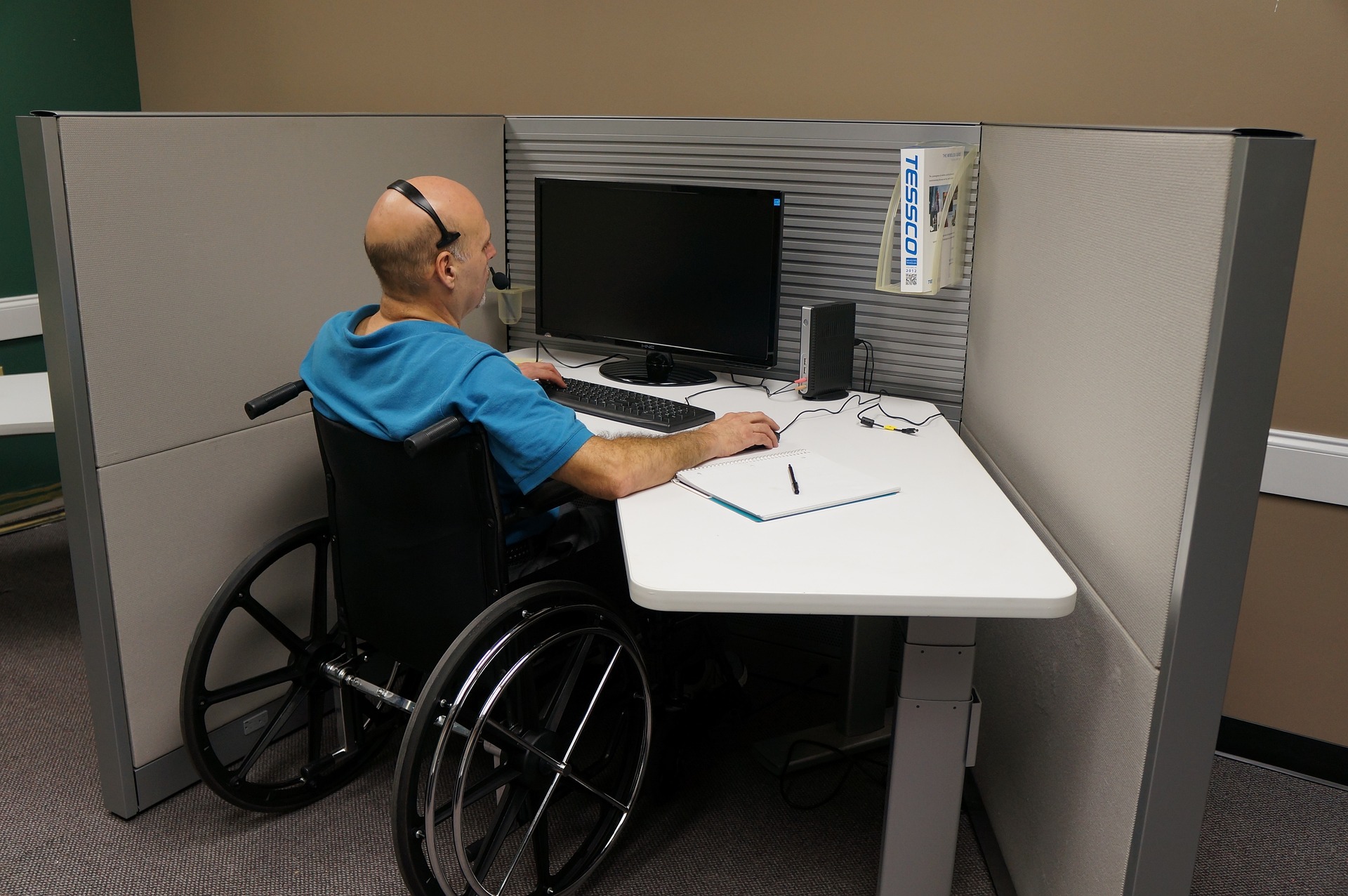Home Accessibility Solutions
Adapting your home for accessibility isn’t just a renovation project; it’s a commitment to making a space inclusive and welcoming for everyone, regardless of their abilities. Whether you’re planning minor tweaks or significant changes, the goal is to enhance comfort and independence for all residents. From the front entrance to the kitchen, every part of your home can be adapted to better suit the needs of those with disabilities or mobility issues.
Understanding Needs and Planning
The first step in any adaptation project is to understand the specific needs of those who will be using the space. This involves considering both current requirements and future changes in mobility or health. Temporary adaptations, such as ramps or grab bars, might be sufficient for short-term needs, such as post-surgery recovery. However, permanent disabilities often require more extensive modifications like stairlifts or widened doorways.
To get started, assess your home thoroughly. Take note of areas that are challenging to navigate or use. Consulting with an occupational therapist (OT) can provide valuable insights into the most effective adaptations. An OT assessment can help you understand what changes will make the biggest difference and how to implement them.Additionally, making a list of daily challenges and specific needs can guide this assessment process.
Key Areas for Adaptation
- Entrance and Exits
- Ramps and Lifts: Ensuring easy access starts at the entrance. Installing ramps or external lifts can make a world of difference. Vertical lifts are particularly useful if space is limited for ramps.
- Visual Cues: Strong visual contrasts around doors and steps can aid those with visual impairments. For example, using different colours for door frames and steps can enhance visibility.
- Hallways and Doors
- Wider Doorways: Widening doorways to accommodate wheelchairs and walkers is crucial. Lever handles are easier to use than traditional knobs, particularly for individuals with limited hand mobility.
- Clear Pathways: Hallways should be free of obstacles and wide enough to allow easy movement. Keeping these areas clutter-free is essential for safe navigation.
- Staircases and Lifts
- Stairlifts: For multi-level homes, stairlifts or home elevators are essential. They provide safe access to all floors without the need for extensive stair climbing. Consider the space available and the best type of lift for your needs.
- Bathrooms
- Walk-in Showers and Grab Rails: Installing walk-in showers, grab rails, and adjustable-height toilets can significantly increase bathroom safety and accessibility. These changes help prevent falls and make personal care tasks easier.
- Non-Slip Surfaces: Using non-slip flooring and ensuring that all bathroom surfaces are safe and easy to clean can prevent accidents.
- Kitchens
- Adjustable Countertops: Adjustable countertops and reachable appliances make kitchens more usable for those with mobility issues. Pull-out shelves and low cabinets can also help. Thoughtful kitchen design ensures that everyone can participate in meal preparation and other activities.
- Flooring
- Non-Slip Surfaces: Flooring should be non-slip and free of tripping hazards. Carpets should be securely fastened, and thresholds should be minimized. This is particularly important in areas like the kitchen and bathroom where spills are more likely.
Leveraging Technology and Smart Home Solutions
![]()
Incorporating technology into your home can further enhance accessibility. Smart home devices offer a range of solutions that make everyday tasks easier and safer:
- Voice-Controlled Systems: These allow users to control lights, thermostats, and locks without moving. This is especially helpful for those with limited mobility.
- Automated Door Openers: These make it easier for wheelchair users to enter and exit their homes. Automated systems can be connected to smartphones for seamless operation.
- Smart Lights and Thermostats: Controlled via smartphone or voice commands, these devices add convenience and safety. Smart thermostats can ensure comfortable temperatures without the need for manual adjustments.
- Video Doorbells: Useful for those with hearing impairments, allowing them to see who is at the door via their phone. These systems also add an extra layer of security.
Safety devices such as smoke detectors that send alerts to your phone and security cameras can also provide peace of mind. The goal of smart technology is to simplify life, not complicate it, so choose devices that are user-friendly and meet your specific needs.
Financial Support and Grants
Adapting a home for accessibility can be a significant financial investment, but there are several forms of financial support available in the UK to help offset these costs:
- Disabled Facilities Grant (DFG): This means-tested grant is available from local councils to help cover the costs of home adaptations for disabled individuals. The DFG can be used for a variety of modifications, including ramps, lifts, and bathroom adaptations.
- Local Authority Support: Contacting your local authority can provide information on additional support and services available for home adaptations. They can guide you to the correct department and provide details on available grants and services.
- Private Funding and Assessments: If you prefer to expedite the process, you can hire private occupational therapists for quicker assessments. This option is particularly useful when waiting times for local authority assessments are long.
It’s important to understand the costs involved and plan your budget accordingly. From minor adaptations like grab bars to major renovations like home elevators, costs can vary widely. Consulting with professionals can help you get accurate estimates and plan your finances effectively. Additionally, some charities and non-profit organizations may offer grants or loans to assist with these expenses.

Conclusion
Adapting a home for accessibility is about more than just compliance; it’s about creating a living space that promotes independence, safety, and comfort for everyone. By thoroughly assessing your needs, planning carefully, and leveraging both technology and available financial support, you can transform any home into a more inclusive environment. An accessible home is an investment in quality of life, ensuring that everyone can live with dignity and ease.
Making your home accessible can be a rewarding project that greatly enhances the quality of life for its occupants. With thoughtful planning and the right support, you can create a space that is both functional and welcoming for everyone. This comprehensive approach not only meets immediate needs but also ensures the home remains adaptable to future changes, providing long-term comfort and security for all residents.
ARE YOU READY TO START INVESTING?
Subscribe to our mailing list now for exclusive deals, investment guides and the latest information from the property market.







